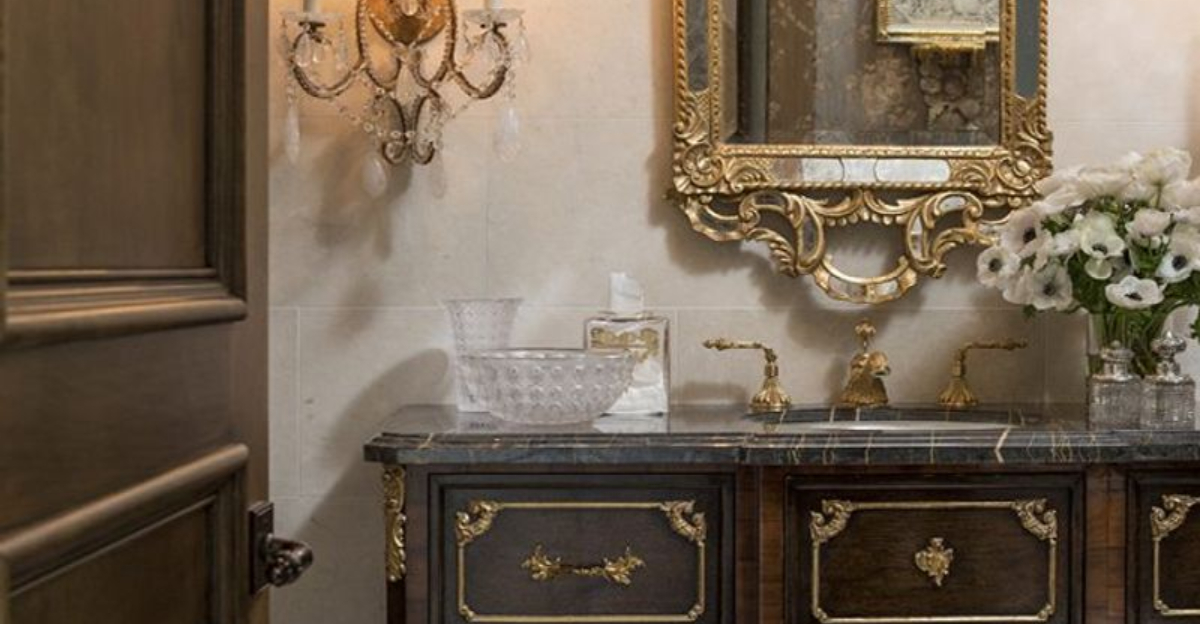The 17th century was a time of lavish elegance and dramatic style in home decor. Many design elements from this period have stood the test of time, proving that good taste never truly goes out of fashion.
Starting with intricate woodwork and heading to rich textiles, these baroque-era trends continue to inspire modern interior designers and homeowners looking to add a touch of timeless sophistication to their spaces.
1. Ornate Ceiling Medallions
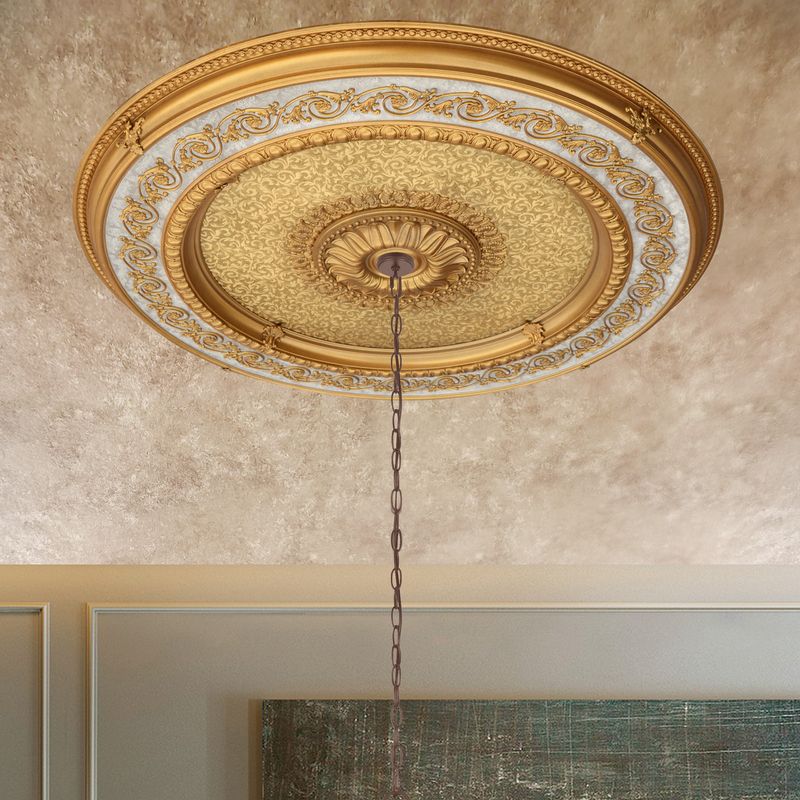
Plaster masterpieces once adorned the ceilings of every fashionable home in 1600s Europe. These intricate medallions framed chandeliers and added architectural interest to otherwise plain ceilings.
Today’s designers install these decorative elements in modern homes, often painting them in unexpected colors or metallic finishes. The contrast between contemporary furnishings and these historical ceiling details creates a captivating visual tension that elevates any room.
2. Damask Textiles
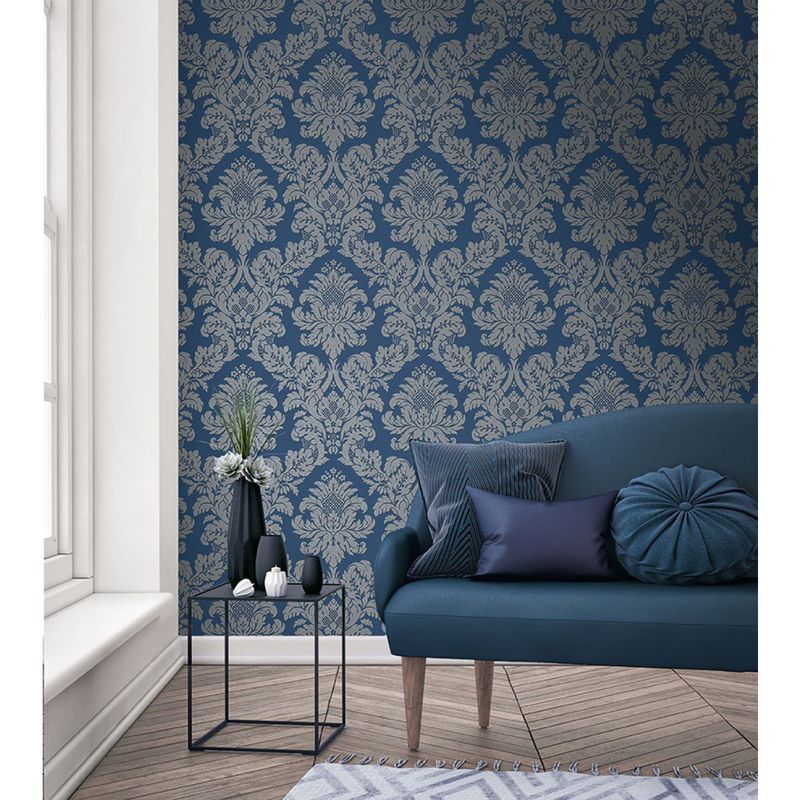
Woven with silk and featuring reversible patterns, damask fabrics were prized possessions among 17th-century nobility. The distinctive flowery, symmetrical designs signaled wealth and refinement in every home lucky enough to display them.
Modern iterations appear on everything from throw pillows to statement walls. The beauty of damask lies in its versatility—it can read as either traditional or edgy depending on the color scheme and surrounding decor.
3. Delft Pottery
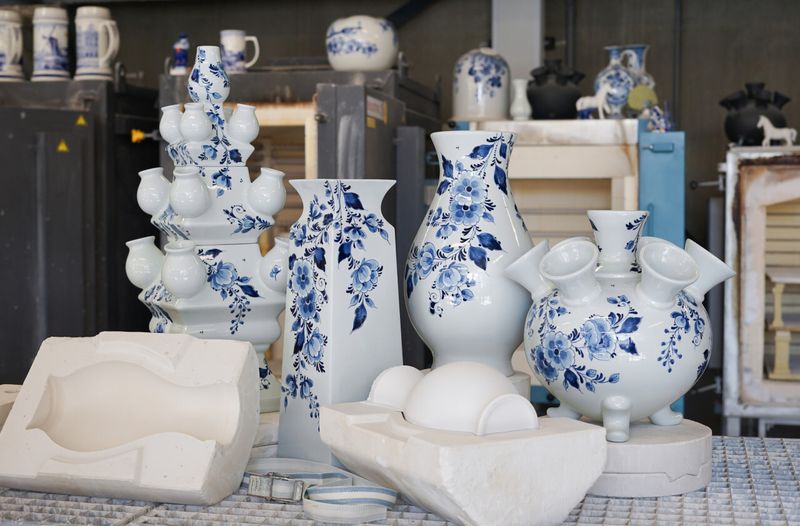
Blue and white ceramics from the Netherlands captured European hearts during the 1600s. These hand-painted earthenware pieces featuring windmills, florals, and pastoral scenes became status symbols throughout the Western world.
Delft pottery has never truly disappeared from stylish homes. The iconic cobalt blue pattern brings an instant touch of history to even the most contemporary kitchen or dining room.
4. Trompe L’oeil Murals
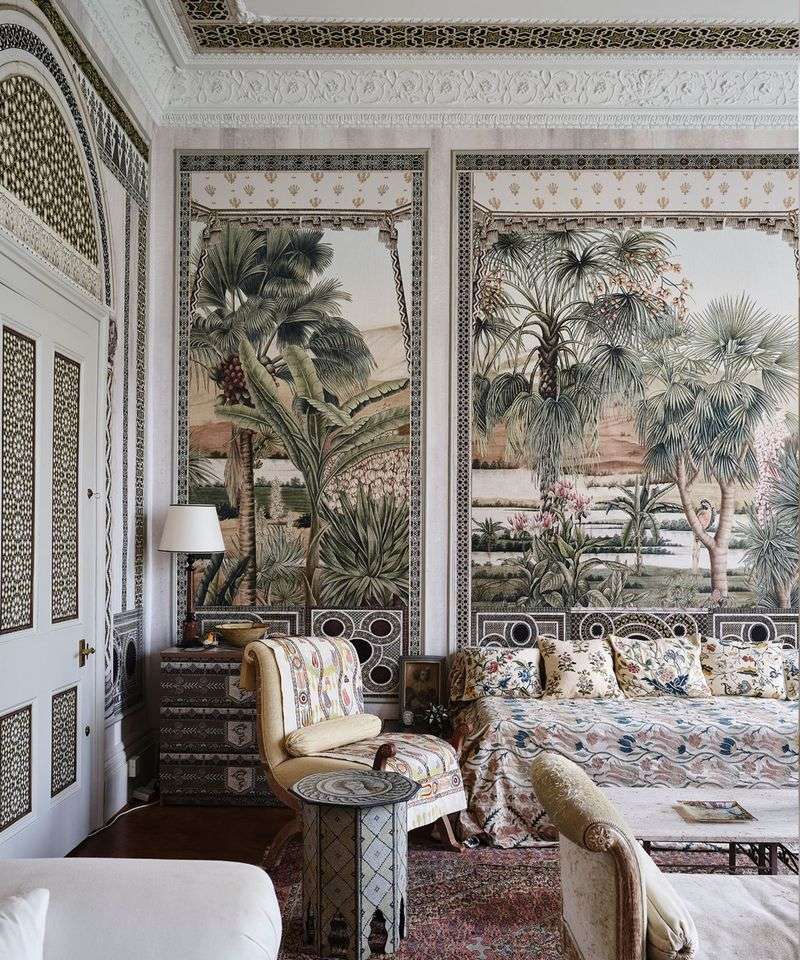
French for “deceive the eye,” these realistic paintings created optical illusions of architectural features or dreamy landscapes on interior walls.
Wealthy 17th-century homeowners commissioned these murals to make rooms appear larger or to showcase exotic locales they’d never visit. Modern artists create custom trompe l’oeil effects that blend historical technique with contemporary aesthetics.
5. Carved Wood Paneling
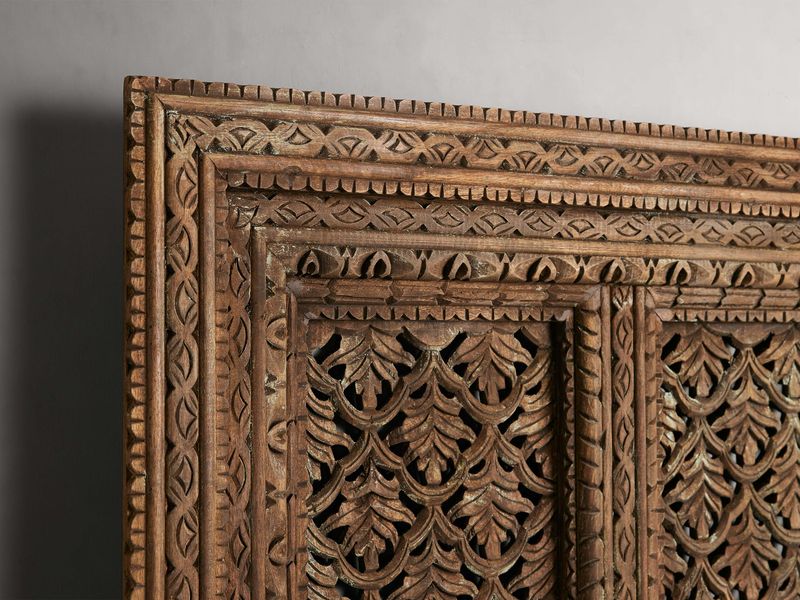
Dark oak panels with intricate relief carvings transformed 17th-century interiors into works of art. Craftsmen spent months hand-carving elaborate scenes, from hunting motifs to botanical displays, directly into wall panels.
While original antique paneling fetches astronomical prices, today’s designers incorporate carved elements more selectively. A single paneled accent wall or carved wooden fireplace surround brings the warmth and craftsmanship of the 1600s into modern spaces without overwhelming them.
6. Canopy Beds
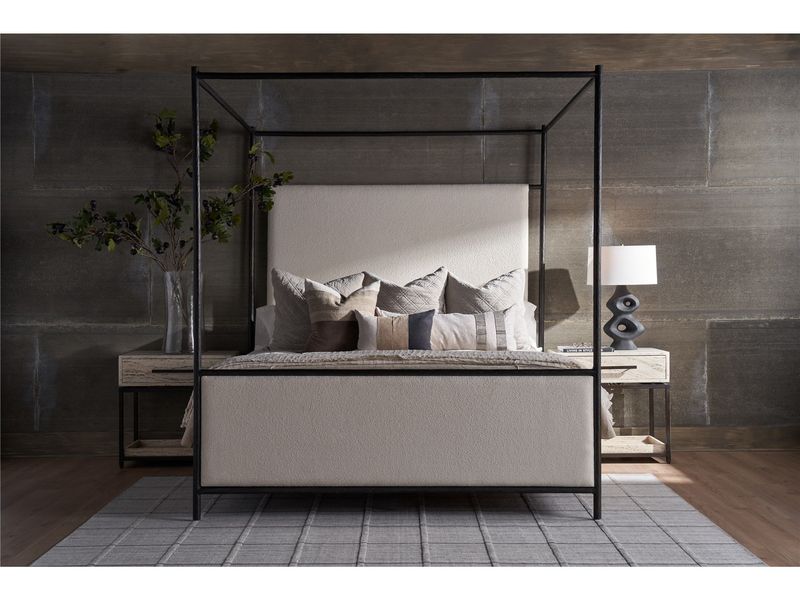
Originally designed for warmth and privacy in drafty 17th-century bedchambers, these dramatic sleeping arrangements featured fabric draped over a four-poster frame.
Royal and noble households showcased their wealth through elaborate canopies made from imported silks and brocades. Modern canopy beds have shed some of their heaviness while maintaining their regal presence.
7. Baroque Mirrors
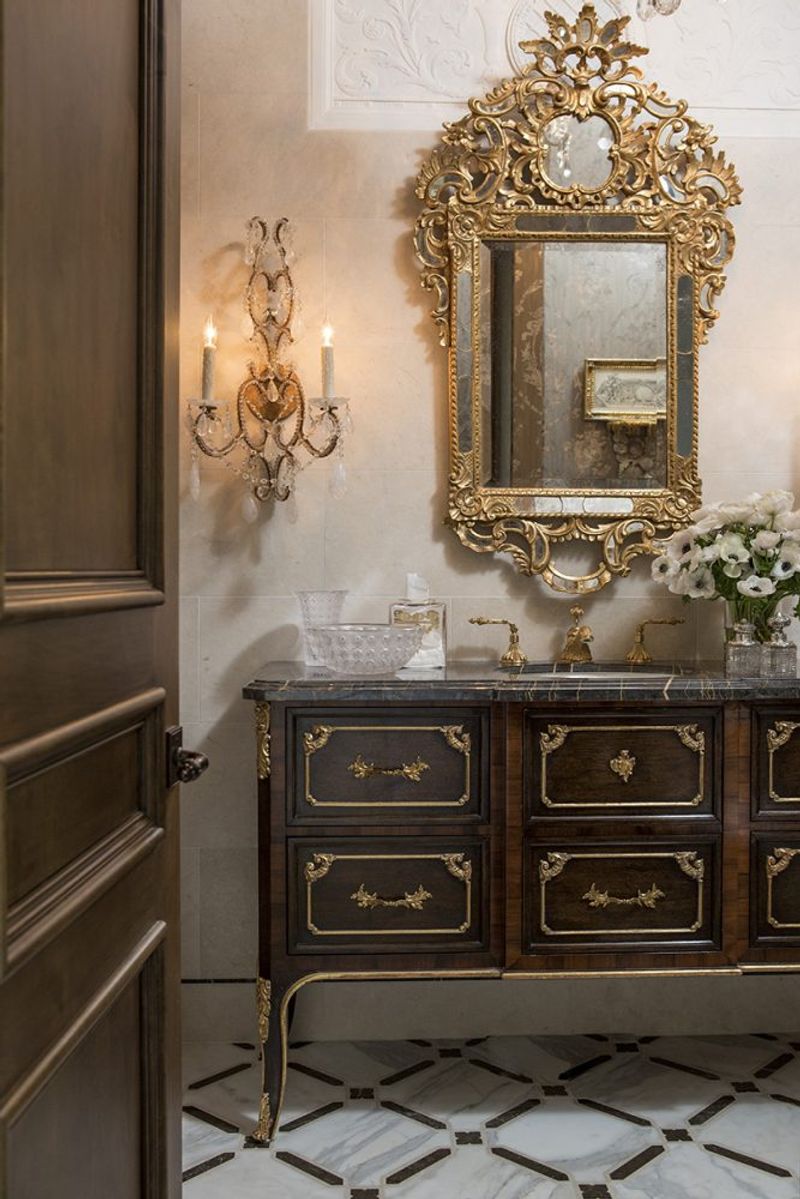
Gilded mirrors with elaborate frames reflected candlelight and added sparkle to 17th-century interiors. These statement pieces featured carved details like cherubs, scrollwork, and natural motifs—all covered in genuine gold leaf.
A baroque mirror remains one of the easiest ways to inject period drama into contemporary spaces. The unexpected pairing of an ornate antique (or reproduction) mirror against minimalist walls creates instant visual interest.
8. Tapestry Upholstery
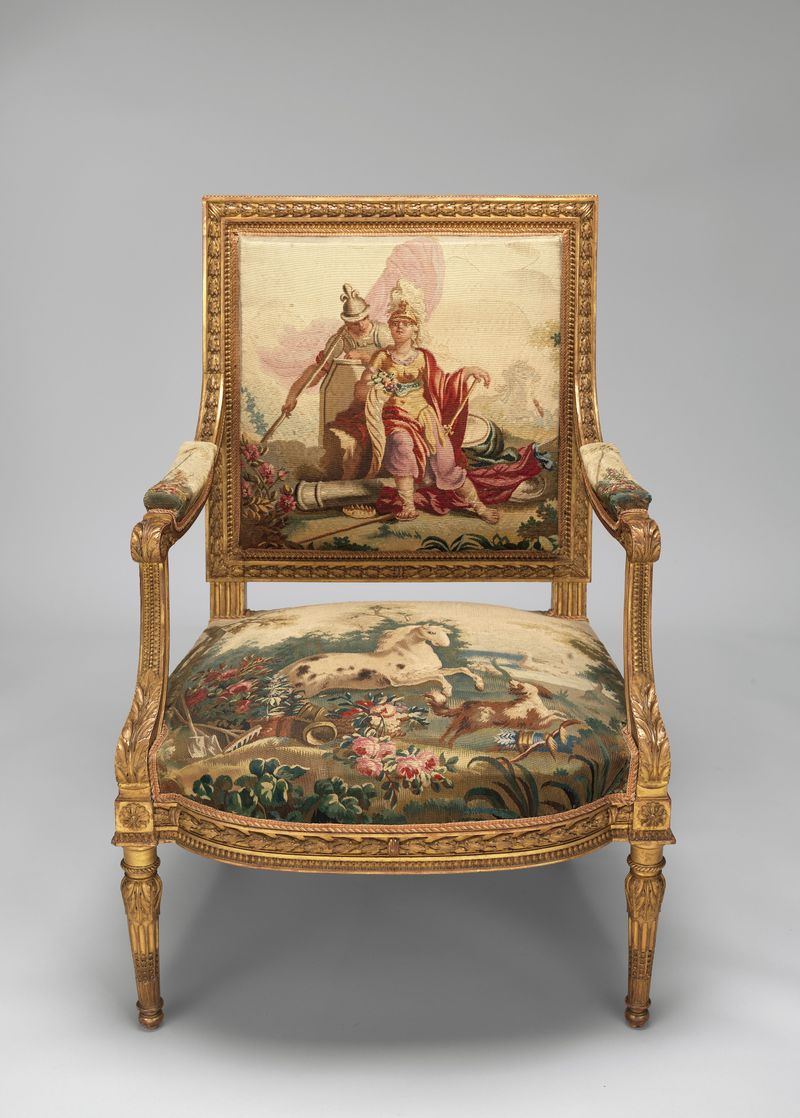
Chairs and footstools in wealthy 17th-century homes showcased petit point and other needlework techniques. These labor-intensive fabric coverings depicted everything from biblical scenes to pastoral landscapes, turning functional furniture into narrative art pieces.
The key to making this look modern? Pairing these richly detailed elements with clean-lined furniture and plenty of negative space.
9. Chinoiserie
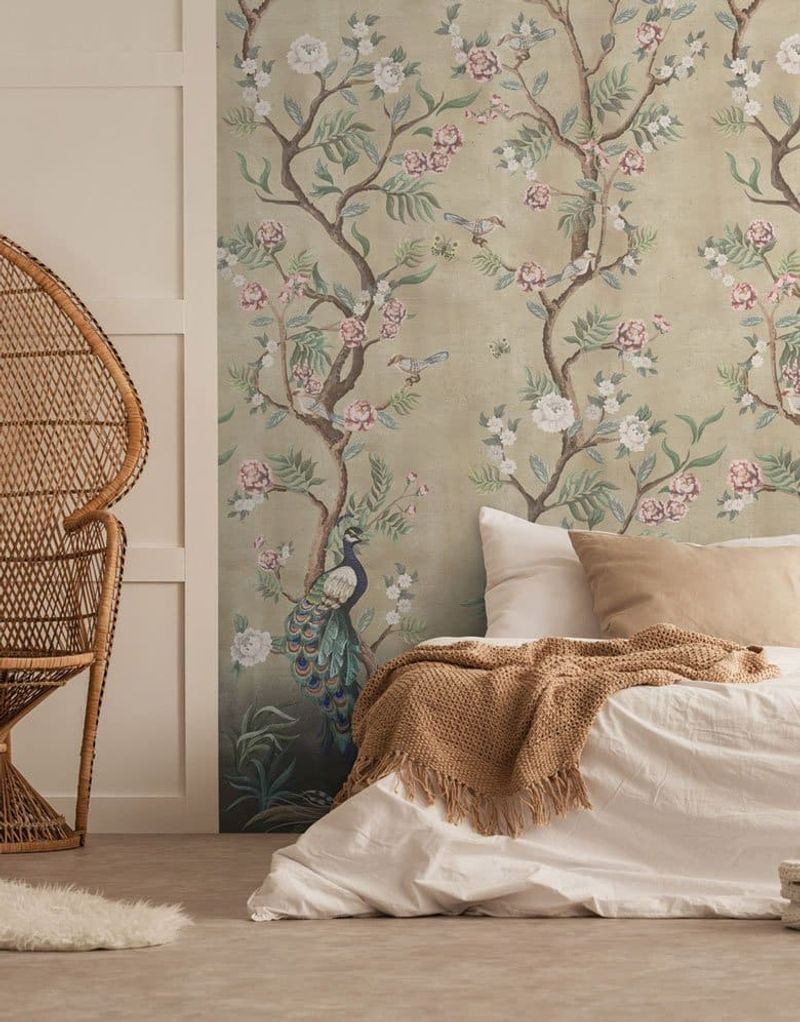
European fascination with East Asian art spawned this decorative style featuring fantastical landscapes, exotic birds, and imagined Chinese scenes. The 17th century marked the beginning of this craze as trade routes expanded and porcelain became available to wealthy Europeans.
Lacquered furniture, hand-painted wallpaper panels, and ginger jar lamps bring this centuries-old trend into modern homes, adding rich narrative and visual depth to contemporary spaces.
10. Baroque Chandeliers
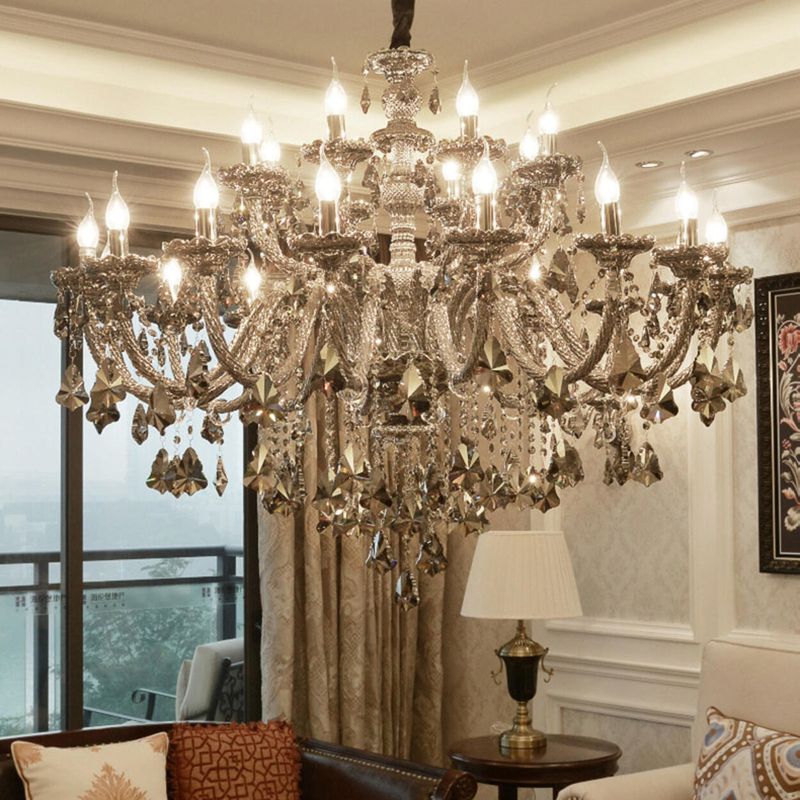
Crystal-draped lighting fixtures emerged as status symbols during the 1600s, with hundreds of hand-cut crystals refracting candlelight throughout grand spaces. These dramatic fixtures required teams of servants to light and maintain but created unmatched ambiance.
Designers love placing these ornate fixtures in unexpected locations—over minimalist dining tables or in sleek bathrooms—creating a deliberate tension between historical opulence and contemporary restraint.
11. Turned Wood Furniture
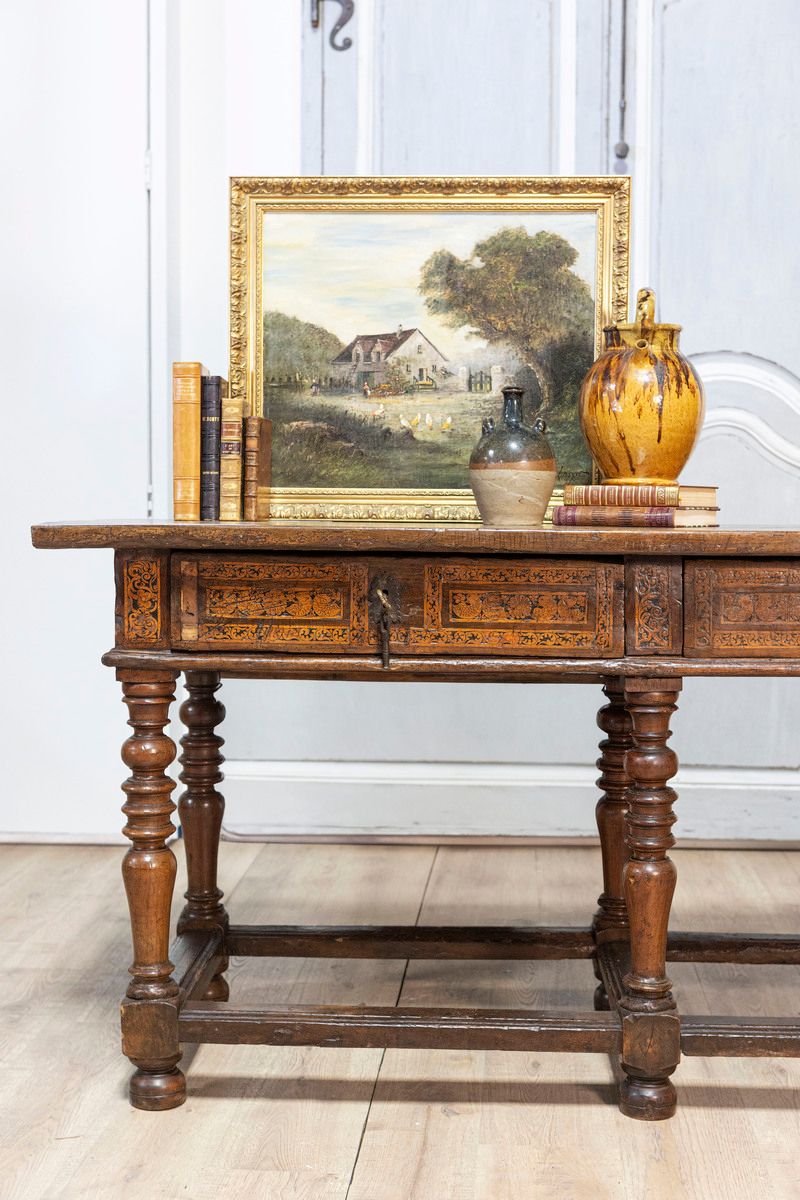
Artisans in the 1600s showcased their mastery through elaborately turned table legs and chair spindles. These lathe-created spirals, bobbles, and twists transformed simple oak and walnut into sculptural masterpieces that defined the period’s furniture.
The organic, tactile quality of turned wood elements brings warmth and character to today’s often streamlined interiors.
12. Marble Flooring Patterns
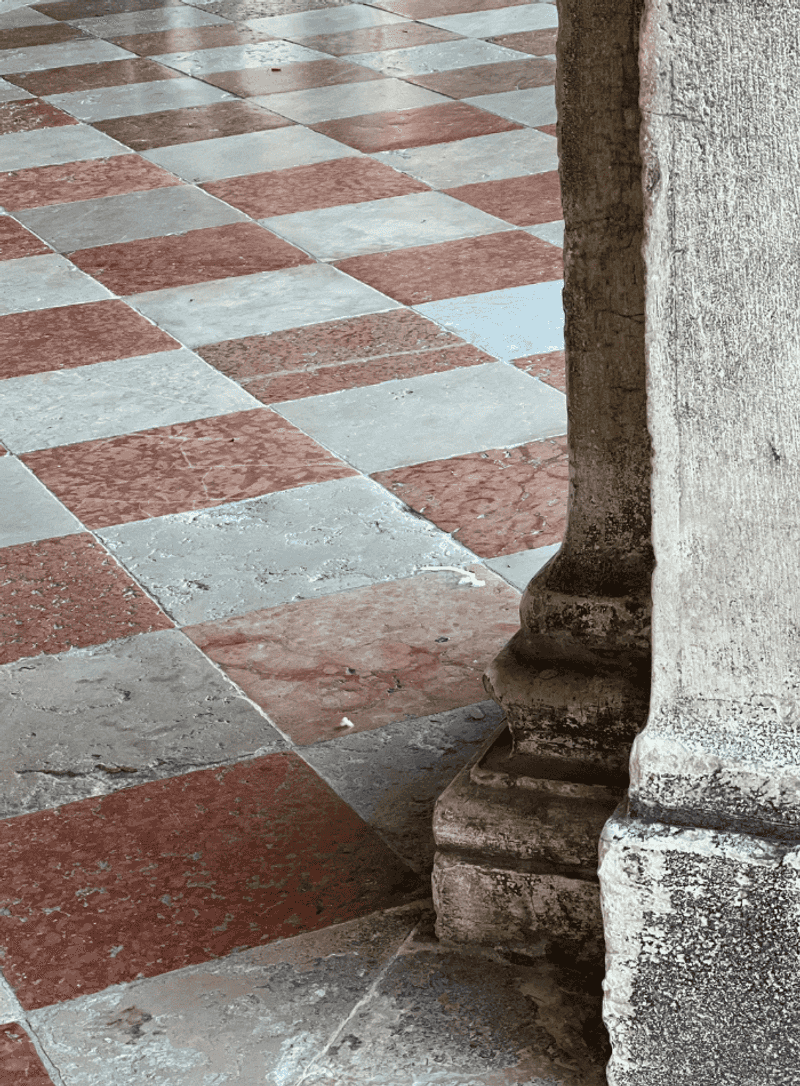
Geometric marble floors featuring contrasting stones arranged in complex patterns dazzled visitors to 17th-century palaces and grand homes. Today’s interpretation might use larger-scale patterns or unexpected color combinations.
The checkerboard floor—perhaps the most iconic of these patterns—continues to make bold statements in contemporary entryways and bathrooms, bringing instant architectural gravitas to new construction.
13. Embossed Leather
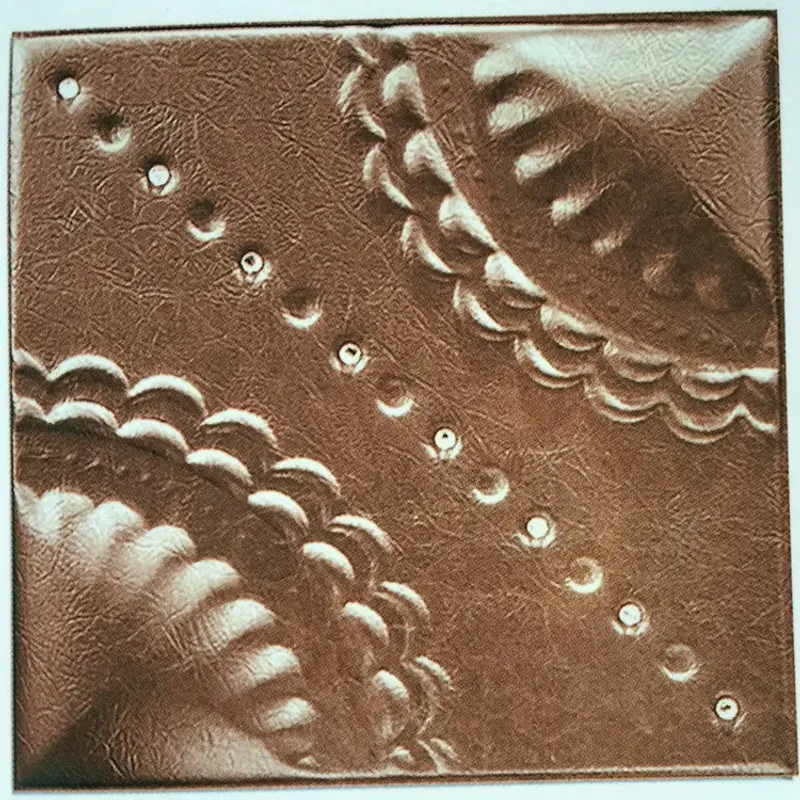
Gilded and painted leather wall coverings adorned the finest 17th-century interiors. Craftsmen embossed intricate patterns into leather panels, then applied gold leaf and paint to create luxurious, durable wall treatments that signaled extreme wealth.
The material’s rich texture and patina bring unmatched tactile interest to contemporary spaces, aging beautifully and developing character unlike any synthetic alternative.
14. Crewelwork Textiles
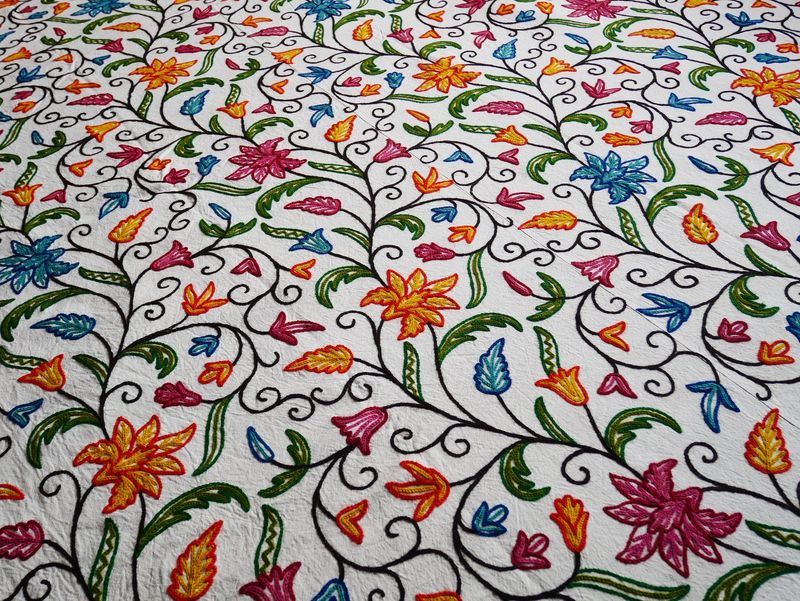
Wool-embroidered linens bursting with stylized botanical motifs once brought vivid life into 17th-century bedchambers. Raised, textural stitching captured sprawling vines, exotic blooms, and imaginary trees in lush, saturated hues. That handcrafted richness now adds warmth and storytelling to modern interiors, offsetting flat surfaces and cool minimalism.
15. Dutch Still Life Inspiration
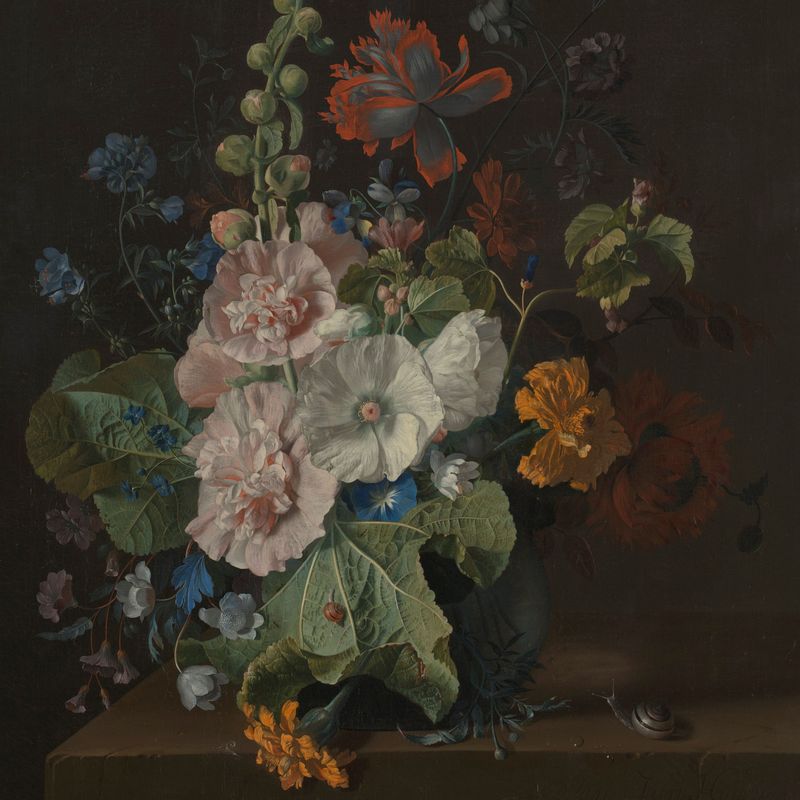
Paintings featuring dramatic arrangements of flowers, fruit, and objects became an art form unto themselves during the Dutch Golden Age.
The moody, dramatic styling of objects on mantels and consoles pays homage to this distinctive 17th-century art form while creating visual interest in contemporary homes.
16. Verdure Tapestries
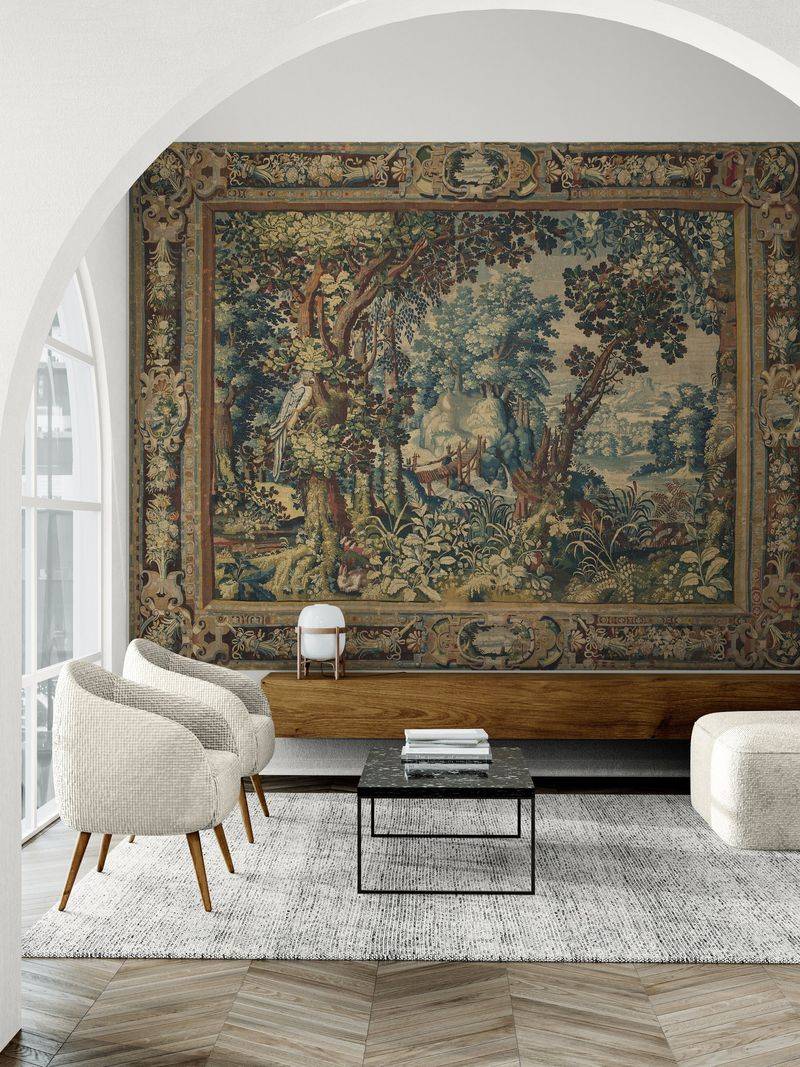
Lush woven wall hangings depicting dense forests and gardens transformed cold stone interiors into verdant retreats.
The immersive, nature-inspired imagery satisfies our biophilic desires while adding rich color and texture. These verdant scenes create instant atmosphere in minimalist spaces that might otherwise feel stark.
17. Grisaille Painting
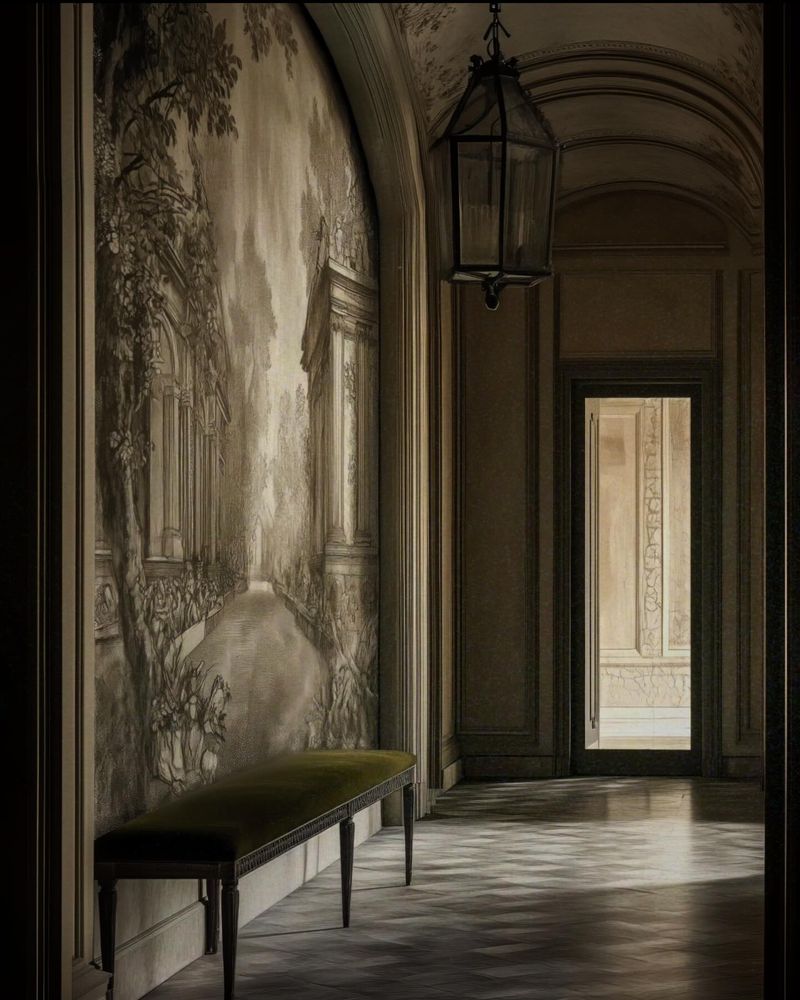
Monochromatic gray paintings mimicking sculptural relief became fashionable decorative elements in 17th-century interiors. Trompe l’oeil works created the illusion of carved stone medallions and friezes at a fraction of the cost, allowing more homeowners to achieve a classical look.
The restrained palette works beautifully in today’s neutral interiors, adding architectural interest and historical reference without competing color.

